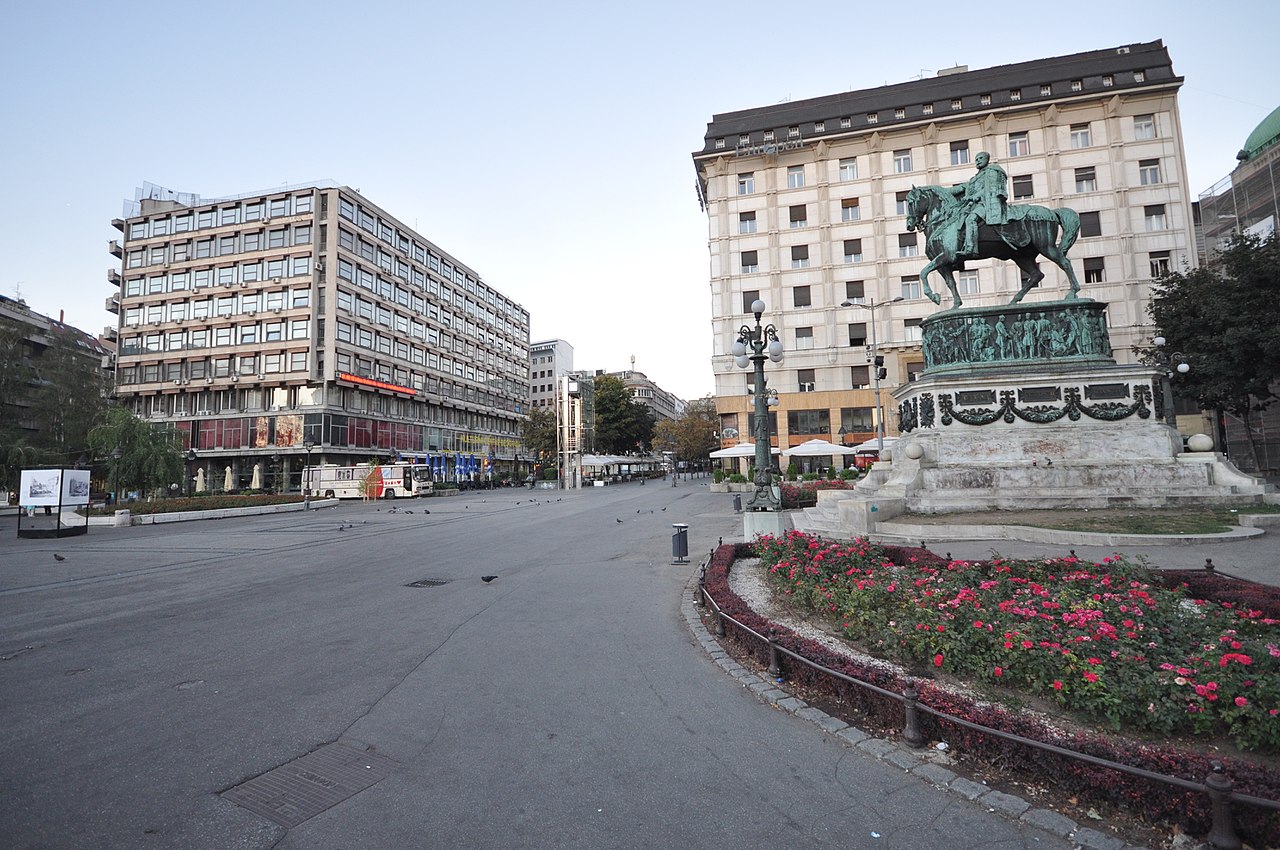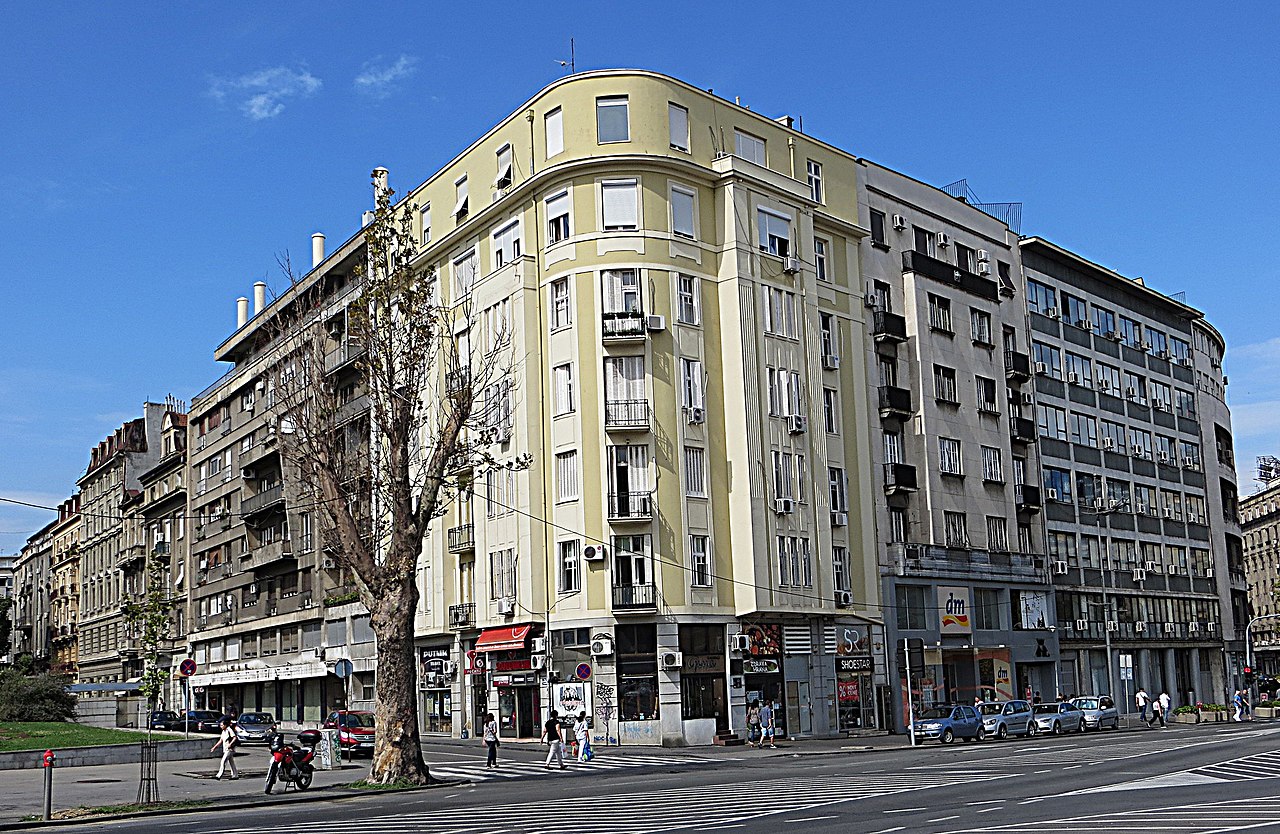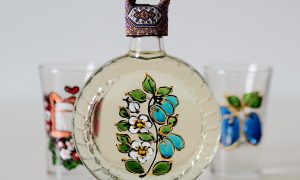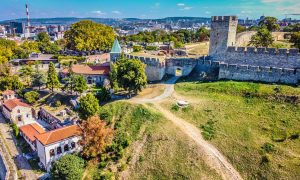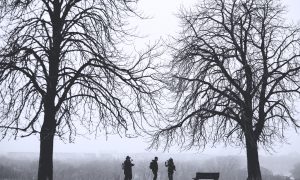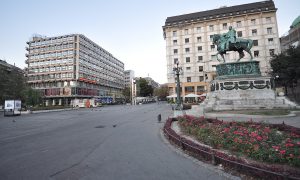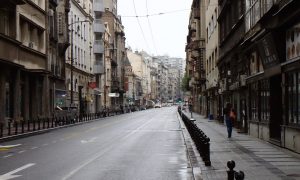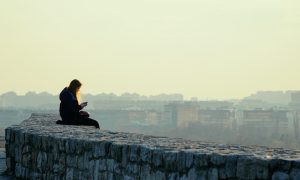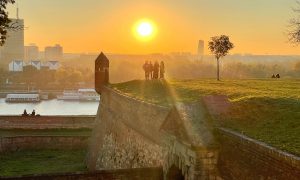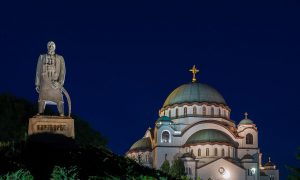The picturesque history of Belgrade is an inexhaustible source of numerous information.
Each part of the city has a story for itself and each is special. And when we think we know every corner of our white city, something always surprises us again and again.
Belgrade – a city on two rivers. Its history spans more than seven millennia.
As we have already said, each part of the city has its own story, has its own spirit and a special atmosphere in which it stands out from the others.
Based on its historical past, each part of the city got its own name. Once upon a time, there was only a municipality of the city of Belgrade, and after the Second World War, rural municipalities got their names based on their characteristics.
Ada Ciganlija
Once an island on the Sava, today a peninsula made by humans. This is also the name of the lake that was created by the partitioning of the Sava. Today, this is a favorite picnic spot of Belgraders, in fact a multi-purpose recreational zone in Belgrade. It also represents a former hated place with a prison where death sentences were carried out, and today it is the “Belgrade Sea”.
Autokomanda
A settlement located on the border of the city municipalities of Voždovac, Savski venac and Vračar. It was named after numerous garages that were not in function, and were located in Voždovac. Now these facilities have been renovated and have a use value.
Banjica
Banjica got its name because of the large number (over 1,000) of underground thermo-mineral waters. Before the Second World War, this part was a rural settlement that was mainly engaged in agriculture, only after the war did urbanization occur. The construction of solitaires, buildings and other infrastructure has depleted these resources.
Bežanija
It got its name because it was inhabited by families who fled across the Sava River to Srem, after the fall of the medieval Serbian state. Archaeological excavations show that this area existed in the Neolithic, and is therefore the oldest settlement in the municipality of New Belgrade.
Braće Jerković
The settlement was named after the partisans, the national hero Dušan and his brother Nebojša Jerković. The brothers were originally from Srem.
Cerak
Cerak used to be under the Cer forest and vineyards. Architects Marušić and Borovnica designed this part of the city, now a real example of late modernity, and for that they received the October Award of the City of Belgrade.
Čukarica
On the site of today’s church of St. George, there used to be Čukar’s tavern, very important for the population, just as all taverns and cafes in our nation served as a landmark in space. Cukarica was named after her. The tavern was owned by Stojko Čukar, and there was also a Čukar fountain.
Dedinje
There are two theories after which Dedinje got its name. One is due to the grandfather’s courts of the Karadjordjevic family, and the other dates from the period of Turkish rule. “Dede” is the name given to the head of the tekke of a Muslim monastery.
Dušanovac
This settlement was created on the estates that belonged to Dušan Spasić, so the whole area got this name.
Karaburma
The name Karaburma comes from the Turkish word “Kaya-burun”, which means “rocky cape”.
Konjarnik
They got their name because the Kalmići, refugees of the Russian Civil War, grazed horses in this area. They had their own pagoda in Kozarčeva Street, which served as a Buddhist temple.
Lion
On the corner of Miloš Zečević Street and the Boulevard, there was a cafe “Lion”.
Medaković
It was named after the journalist Milorad Medaković, originally from Lika.
Miljakovac
This area is known for the springs that the people called “Dear springs”. They believed that the springs were healing.
Mirijevo
Mirijevo has had several names throughout history. One possibility is that the name originates from the Turkish period. “Miria” which means duty. Another possibility is that it originated from the Macedonian people who came to this area fleeing from the Turks, and their village was called Mirovo.
Palilula
It was named either after the pipe-shaped chimneys that were located in the then clay factory, or after the pipe-shaped board on which it was written that smoking was allowed. Prince Milos Obrenovic banned smoking in Tasmajdan because crafts such as gunsmithing and gunpowder production were relocated there.
Rakovica
It was named after numerous crabs that were located in the stream that flows there – Rakovački potok.
Senjak
As we can conclude from the name itself, there used to be hay in this territory. An order was issued to keep all the hay in one place, in order to avoid frequent fires. Only later, this place became interesting to the upper class, diplomats and the like.
Stari grad
The name itself says, the old part of town.
Skadarlija
Skadarlija got its name in 1972, when 15. Mart Street was renamed Skadarska. It is the oldest Belgrade entity. Before the bohemia, it was inhabited by Roma and then it was called “Gypsy Little”.
Šumice
There used to be a small city forest here.
Vidikovac
From this place there is a view of eastern Belgrade, hence the name.
Vracar
One version is that it is named after the hero-infidel, who was called Vracar, the other is that it originates because of the sparrow fields, and the third is that the Turks believed that he was returning to this place. The two most famous “sorcerers” used to live here, Lav Gershman and Ljubisa Trgovcevic.
Zemun
Once a Celtic settlement, later a Roman coastal center named after dugouts. When the Crusaders passed through it, they called it the “evil city.”
Zvezdara
It was named after the erected observatory.
Žarkovo
The magic version reads: Once upon a time there was a dragon that was evil and killed villagers, its owner was grandmother Jula (Julino brdo), and the knight who dared to kill the dragon was Žarko. When Žarko killed the dragon, the place where his head fell was named Zmajevac, and where the tail of Repiste fell, and where the blood of Bela Voda swelled. The more realistic version is that it was named after Žarko Promićur, and the Turks, as they did not know the name of the place, called it “Žarkovo selo”.


